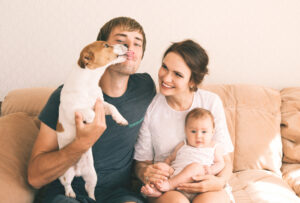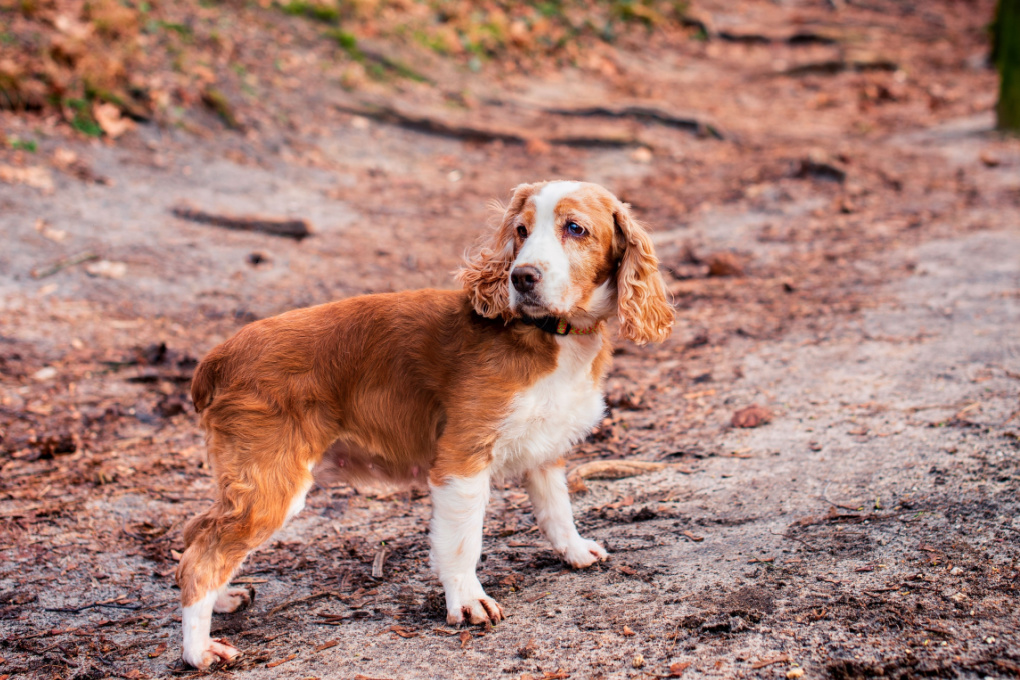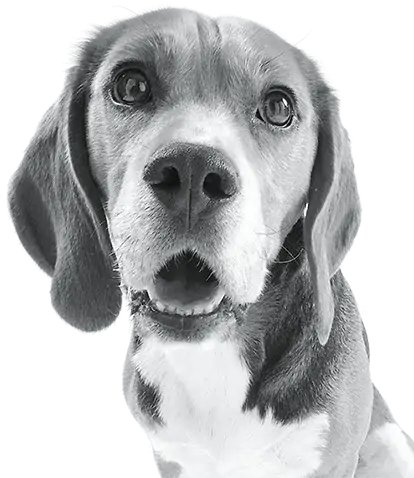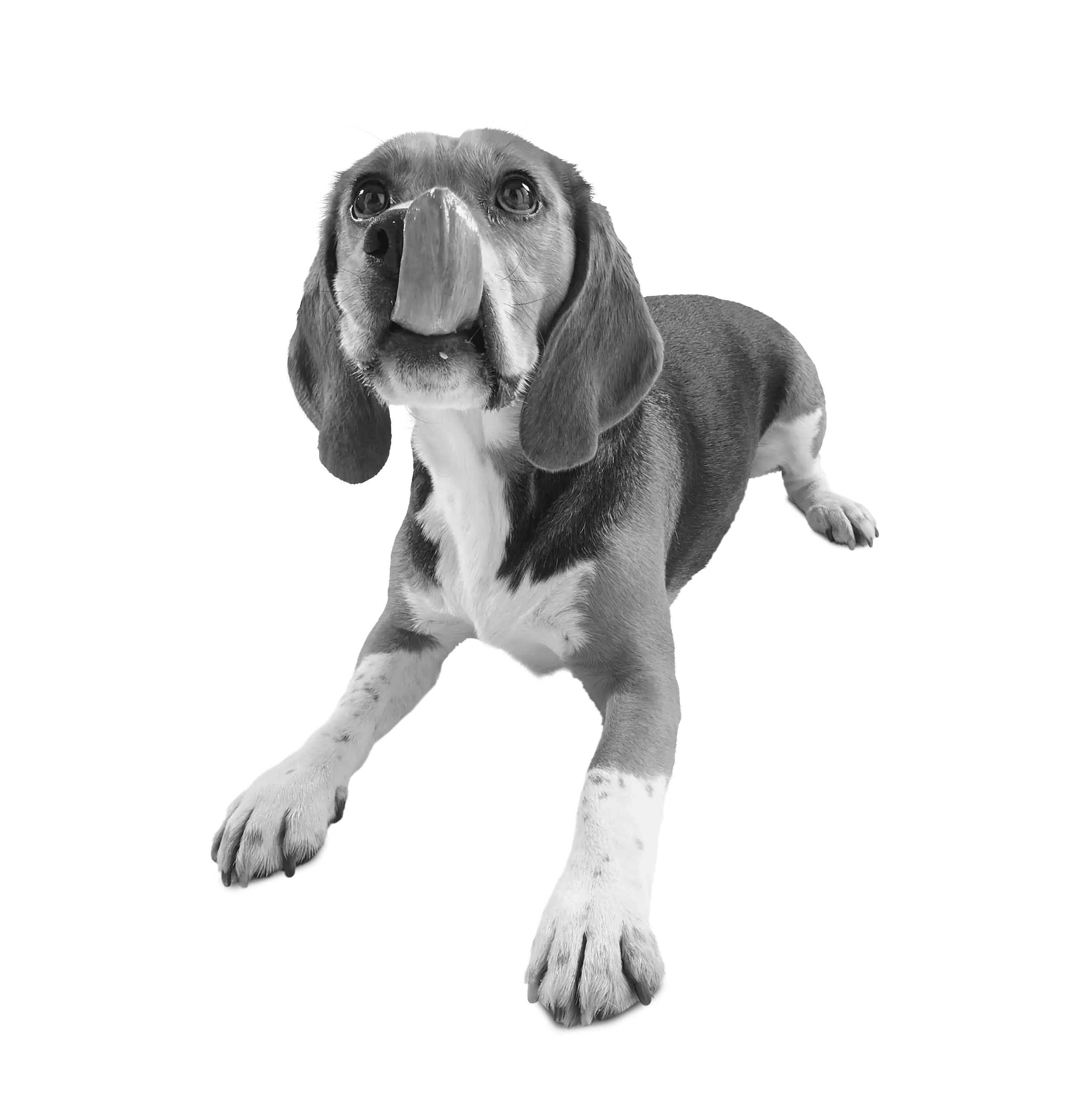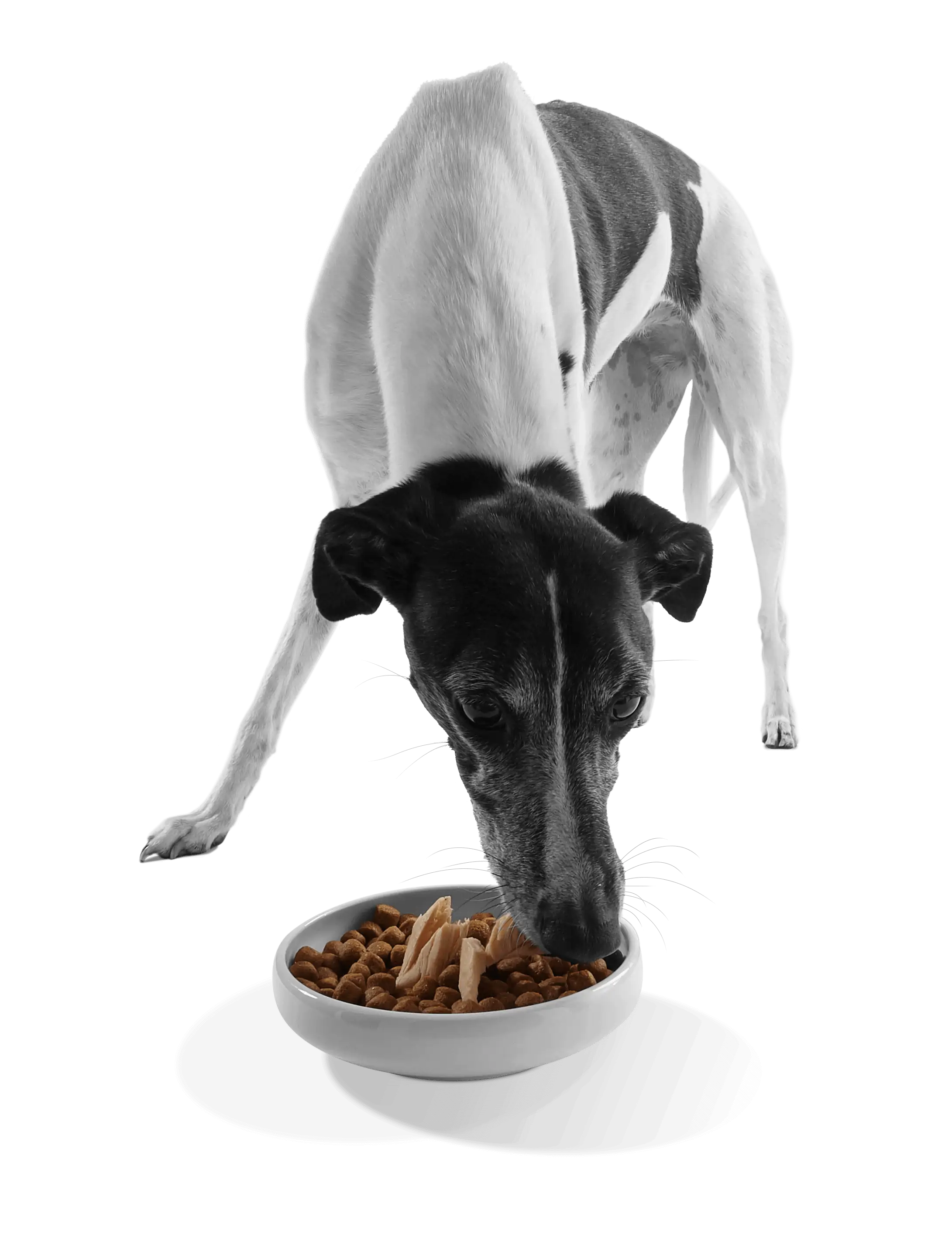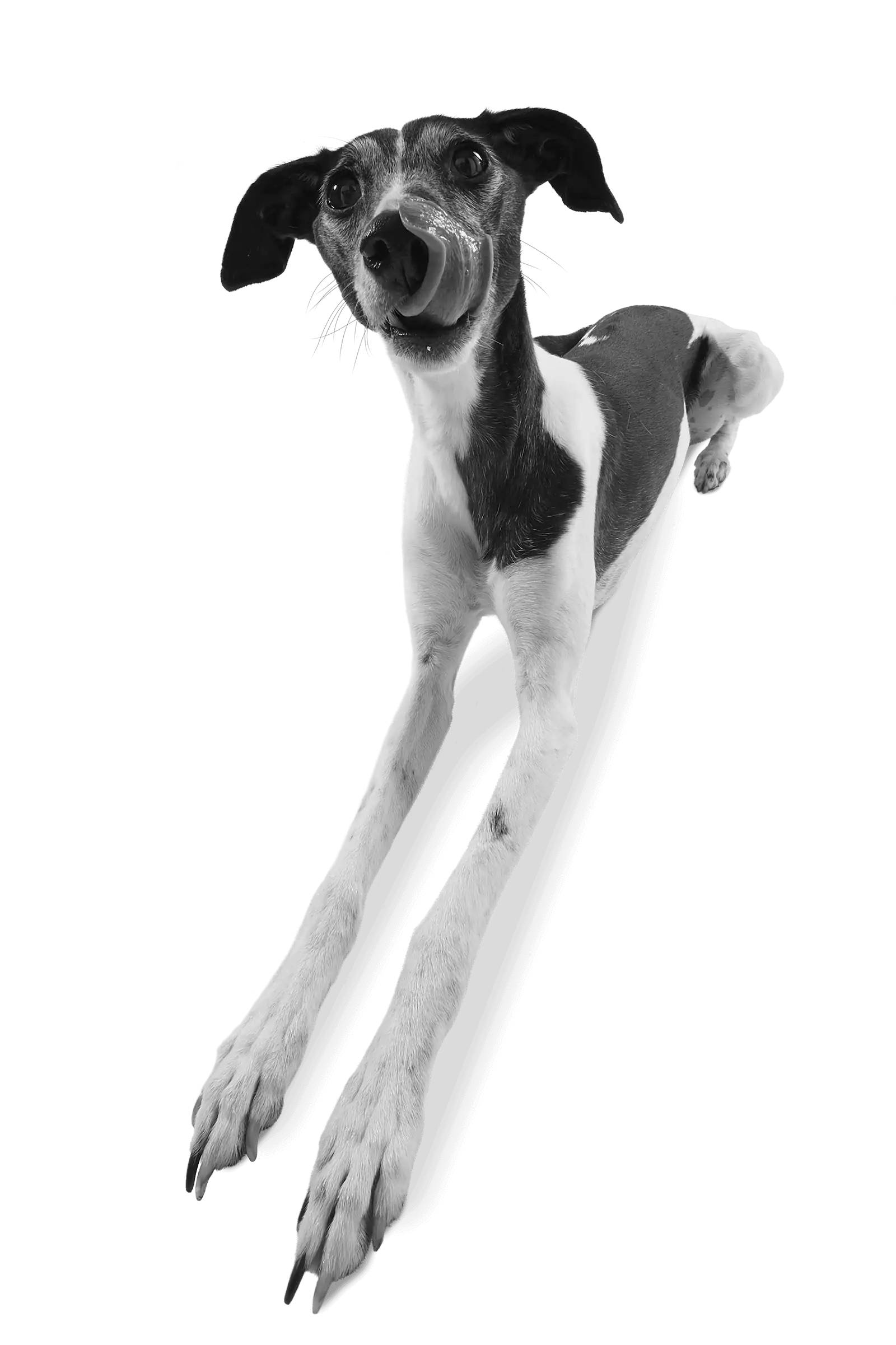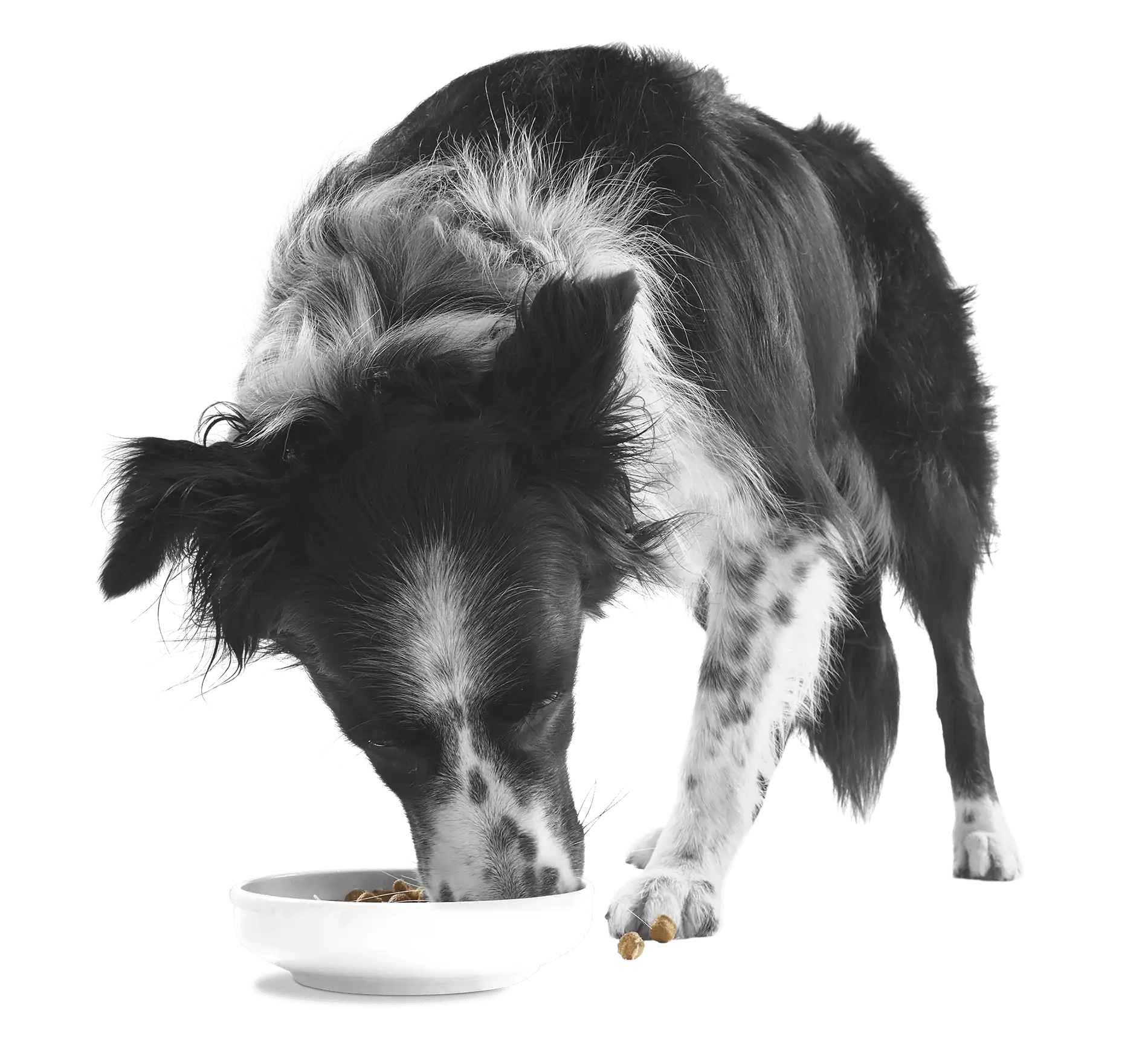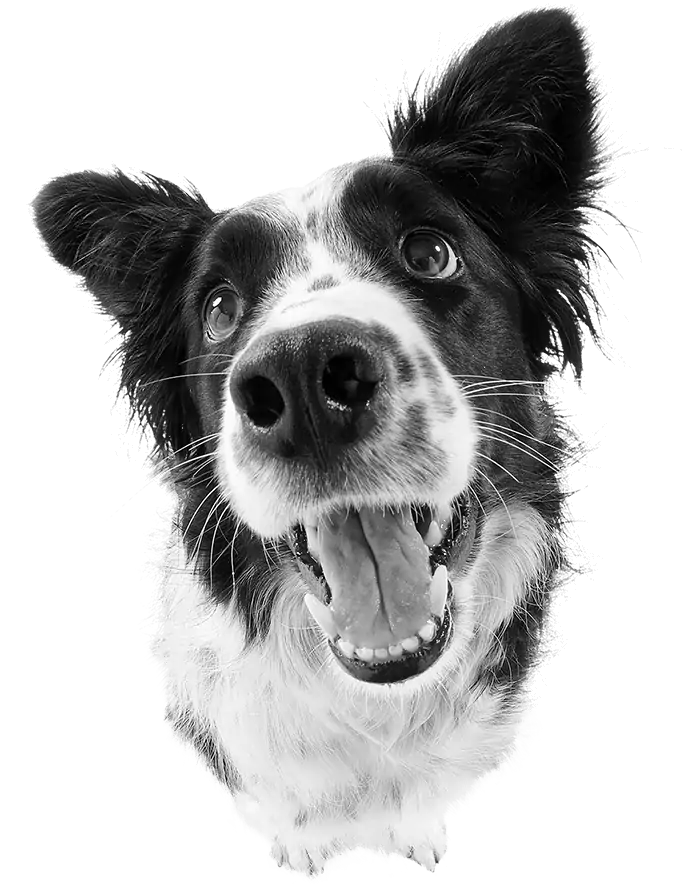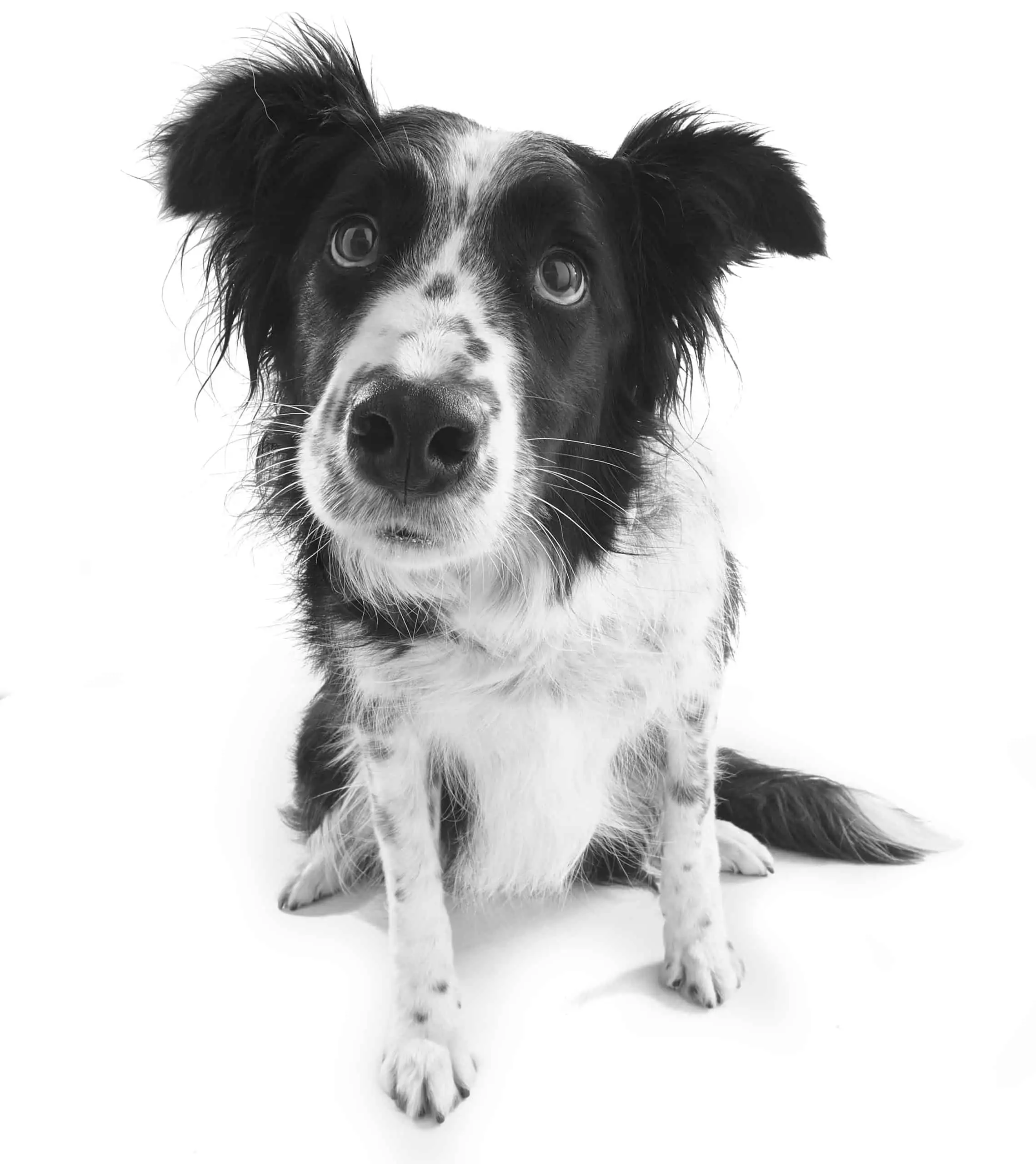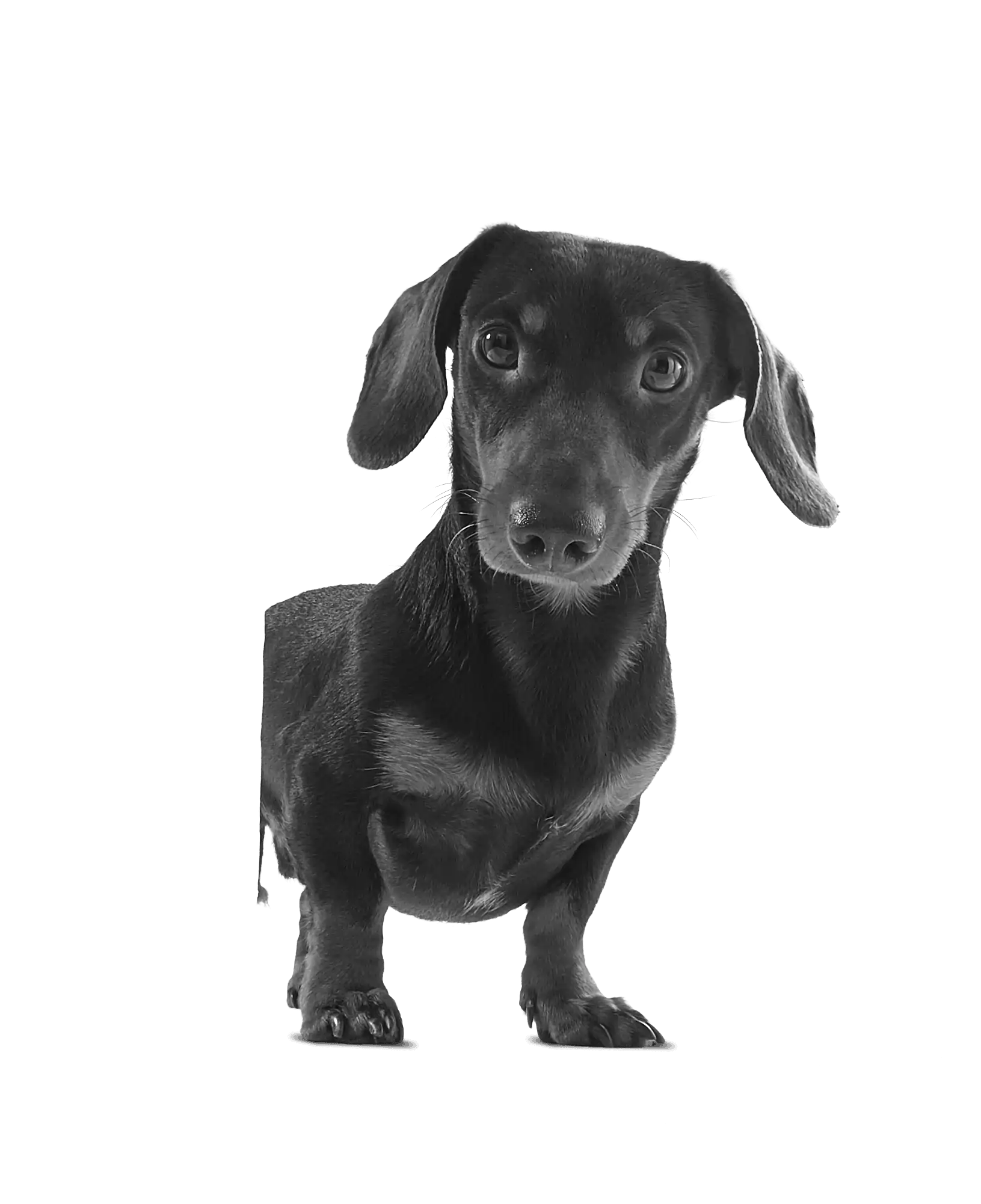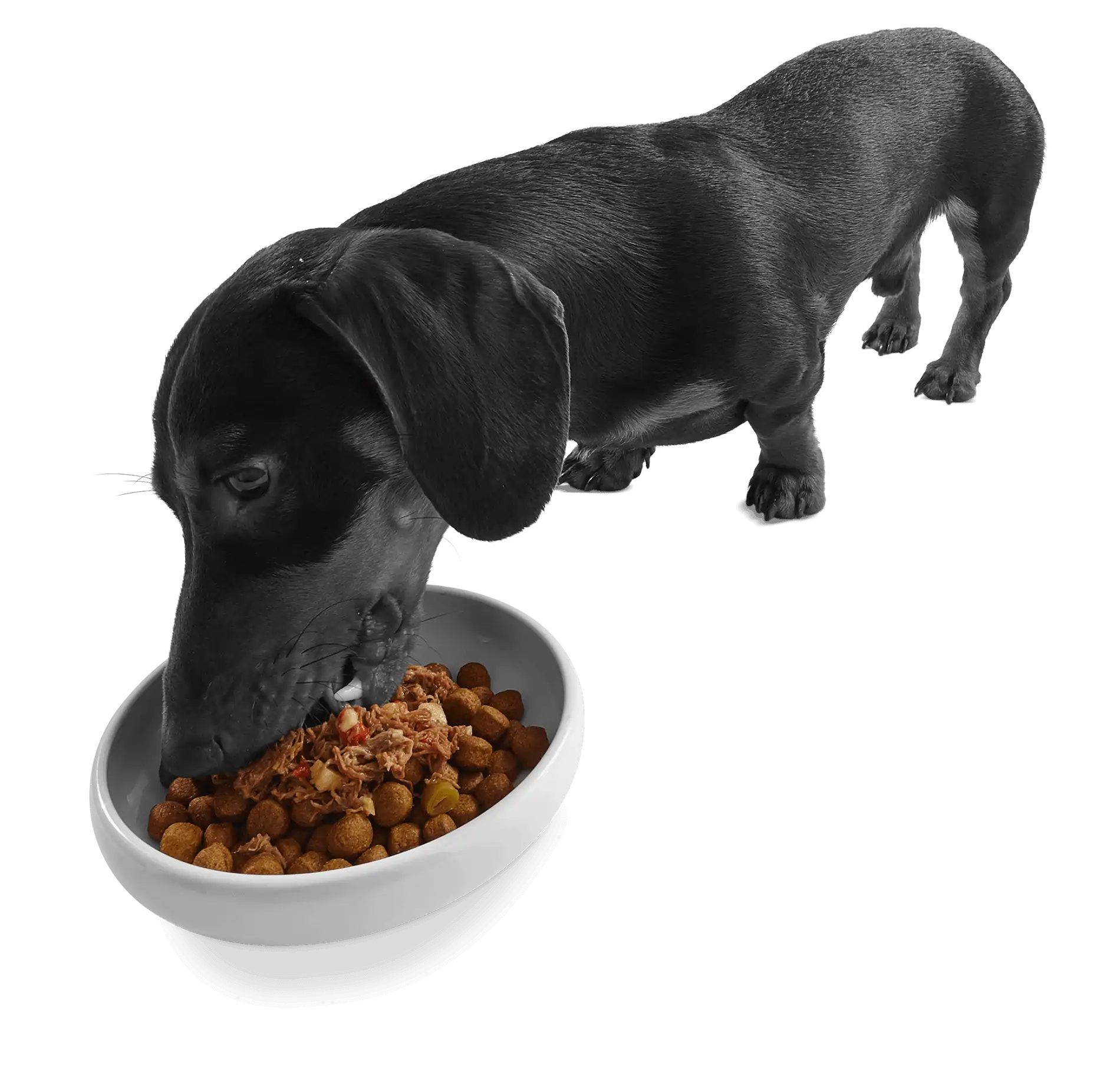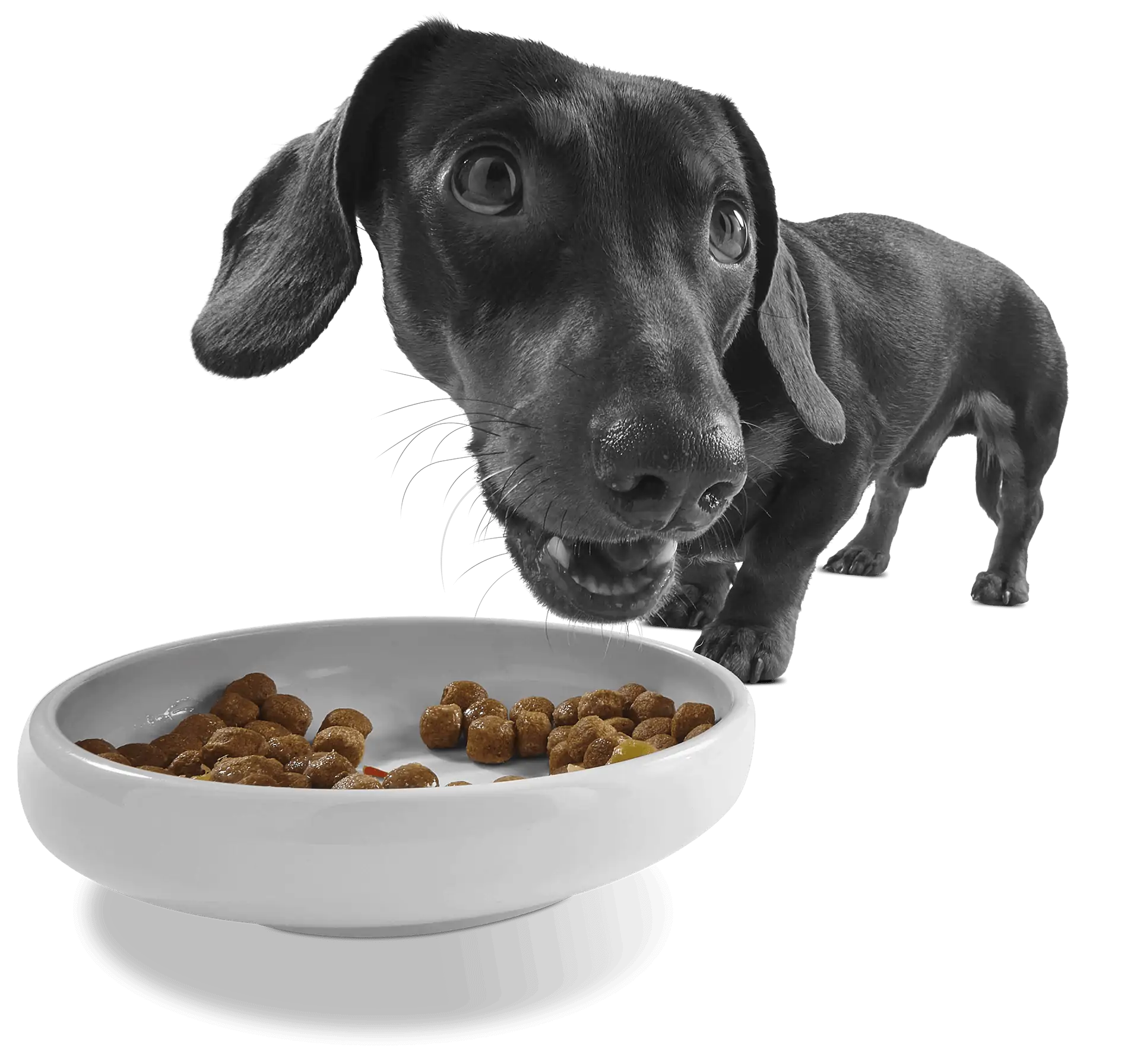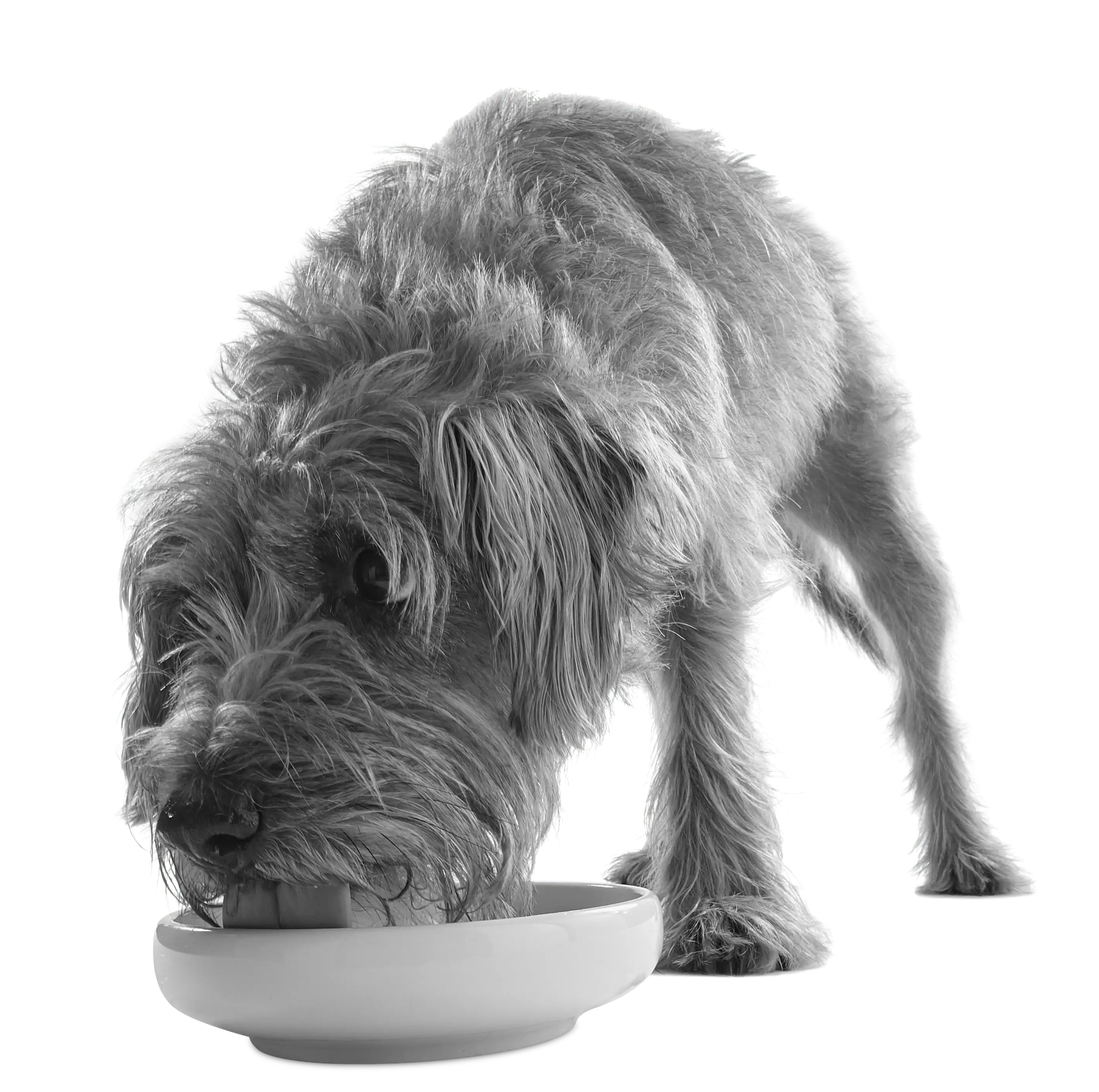Playmate, protector, partner in crime. A “man’s best friend” is also a “baby’s best buddy”.
Their bond is unmistakable, unbreakable, uncomplicated and unequivocally incomparable. It’s the cutest connection on the planet.
It’s difficult to put a paw on what exactly makes this dynamic so strong. Just call it one of life’s little mysteries. But, the wonderful thing with this relationship is, it just works! They’re smitten with each other and have the best time together. They share common interests in that they crave attention, they want to be playful and they want to explore their environment.
Our cunning canines are remarkably good judges of character and it doesn’t take them long to acknowledge that our human pups are defenceless, harmless and don’t pose a threat to them.
There might be a little ‘woof’ and tumble, a little over-exuberance where the intent isn’t to cause any harm, but our hairy housemates are more than happy to play along.
Their partnership is unique, it’s blissful and mutually beneficial, and they’re able to share their own fascinations with the world during their time together.
Dogs are also protective by nature, they’re pack animals and instinctively want to keep the youngest and most vulnerable safe, so they’ll do whatever possible to keep their new family member out of trouble.
How does a dog recognise a baby (and how are they so gentle)?
Instinct/Intuition: Our perceptive pets are more intelligent than what we often give them credit for. They are quite brilliant beings when it comes to detecting and acting on certain cues and subtleties in their environment. In this instance they are able to sense that a baby does not pose a threat to them.
Smell: A dog’s sense of smell is arguably one of their greatest assets. They pick up on things straight away through their heightened senses, which are empowered by the olfactory glands, and act accordingly. Researchers believe that they can make a distinction between adults and infants, which is why they behave so compassionately.
Education/Training: Animals are assertive and can often soak up information like a sponge. If a dog is taught or encouraged to act appropriately around a baby from the beginning, with verbal cues and body language playing a big part, they’ll behave accordingly. If their human companion is cool, calm and collected, they will mirror those traits.
Size: Dogs have eyes! They can see, perfectly well, which enables them to determine whether someone or something is a threat. They can almost instantly appreciate that our human puppies are small, perfectly-proportioned packages, just like their own litters, which makes them become protective of their vulnerable pals, rather than cautious.
Appearance: How could anything or anyone be intimidated by a baby? Yes, they can be loud, chaotic and unpredictable at times, they can even be over-zealous in their playfulness, but they can definitely be categorised as ‘cute’. Dogs pick up on their soft sounds and cuddly appearances so feel at ease with them.
Keeping your baby safe around your dog
As a parent and a pet parent, you’ll naturally want to protect both babies.
Most will have planned ahead and gone to the extremes to guarantee the safety of their little bundles of joy.
Having every base covered and ensuring that their surroundings are risk free will probably be your first port of call.
Taking steps to baby proof your home will include locks for cupboards/windows/doors, adding baby gates to provide a barrier in-between them and potential hazards like stairs or fireplaces, covering sharp edges and keeping ornaments out of arm’s length.
But your baby’s environment isn’t the only health and safety risk in and around the home that needs to be addressed.
You might have the cutest, cuddliest, most loving canine in the world but, under no circumstances, should they be left alone with your newborn/toddler.
Please, at all costs, refrain from leaving them alone together. They should never be used as a stand-in babysitter because, for obvious reasons, they don’t have the capacity to care for your child.
And secondly, as flawless as your pet might be, their behaviour is never guaranteed. Changes in your dog’s regular routine, including the introduction of another person, can cause anxiety, and there might be certain things that they just can’t tolerate, including a baby’s prodding and poking.
Do I need to introduce my dog to a baby as a safety precaution?
It’s better to be safe than sorry, especially when your baby’s safety is the topic of conversation.
A dog carries an innate capacity to behave appropriately around our mini humans and care for them, just as they would their own pups.
When something so precious is at stake, leave nothing to chance. There’s no harm in trying absolutely everything to ensure that your favourite family members get off on the right foot/paw.
Acclimatising your furry flatmate to the arrival and presence of your child will only encourage their relationship to blossom, which is exactly what you want.
Introducing them to other babies is an option, but not completely necessary. Slowly acquainting them, monitoring their interactions, and reassuring your fur baby that everything is okay, will boost your dog’s sensitive, protective and trustworthy behaviour.
Socialisation and training is key. Get them used to touch, to prevent them from becoming overwhelmed, prepare them for sounds and new smells, be sure to provide them with a quiet place to go for when things get a bit too much and praise them for good behaviour when they’re in the company of your newborn.
Prepare, prepare, prepare!
Forward planning can make such a difference when considering the relationship between your dog and baby.
Practising proper introduction methods, and getting your dog as ready as possible for a new arrival, will make things easier for all involved.
In the majority of cases the two will form a strong bond. It will become a connection that lasts a lifetime.
Enjoy the interaction, watch their relationship grow, encourage playtime, but always keep an eye on them when they’re in each other’s company.
If, on occasion, you feel that your dog is exhibiting characteristics around your child that are a cause for concern, then don’t hesitate to seek guidance/advice from a professional.
Take a look at the following related articles for further advice from the Applaws team:




